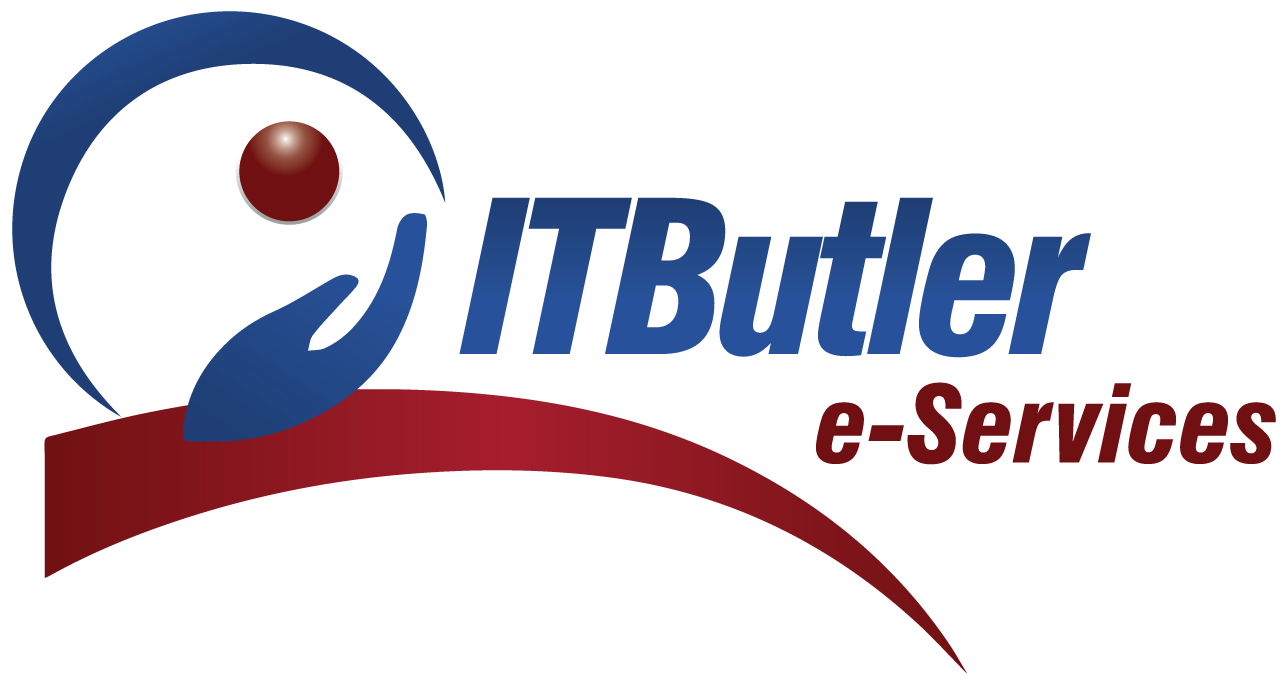In the ever-evolving landscape of cybersecurity, identifying weaknesses in your IT infrastructure is a crucial step toward bolstering your defenses. This blog post explores what constitutes a weakness in a system or infrastructure, the process of identifying potential weaknesses in a network infrastructure, and the three primary vulnerabilities or weaknesses that pose significant risks to a network or device.
What is a Weakness in a System or Infrastructure?
A weakness in a system or infrastructure refers to a vulnerability or flaw that could be exploited by malicious actors to compromise the confidentiality, integrity, or availability of data and systems. These weaknesses can manifest in various forms, including software vulnerabilities, misconfigurations, inadequate access controls, or outdated hardware.
Software Vulnerabilities
One common type of weakness is software vulnerabilities. These arise from coding errors or design flaws in applications, operating systems, or third-party software. Exploiting these vulnerabilities can lead to unauthorized access, data breaches, or the disruption of services. Regular software updates and patch management are crucial for addressing and mitigating these weaknesses.
Misconfigurations
Misconfigurations in the setup of network devices, servers, and applications can create vulnerabilities. Common misconfigurations include open ports, default passwords, and improper access controls. Conducting regular configuration audits helps identify and rectify these weaknesses, ensuring a more secure infrastructure.
Outdated Hardware
Outdated hardware, such as routers, switches, and servers, can become vulnerable to security threats. Manufacturers may stop providing updates and patches for older devices, leaving them susceptible to exploitation. Implementing a hardware lifecycle management strategy ensures the timely replacement of aging equipment.
Process of Identifying Potential Weaknesses in a Network Infrastructure
Identifying potential weaknesses in a network infrastructure is a proactive process that involves comprehensive assessment and analysis. Here’s a step-by-step guide:
Asset Inventory
Begin by creating a detailed inventory of all assets within the network, including hardware, software, and configurations. This provides a foundation for understanding the scope of the infrastructure.
Vulnerability Scanning
Conduct regular vulnerability scans using specialized tools. These scans identify known vulnerabilities in systems and applications, helping prioritize areas that require attention. Automated scans can be scheduled at regular intervals to ensure continuous monitoring.
Penetration Testing
Employ ethical hackers to conduct penetration tests. This simulated cyber attack helps identify potential weaknesses in the network’s defenses and assess how well it can withstand real-world threats. Penetration testing should be conducted periodically and after significant changes to the network.
Configuration Audits
Review and audit the configuration settings of network devices and systems. Misconfigurations are common sources of weaknesses and can often be exploited by attackers. Automated tools can assist in identifying and rectifying configuration issues.
User Access Controls
Evaluate user access controls and permissions. Ensure the principle of least privilege is applied, granting users and systems only the minimum level of access needed to perform their tasks. Regularly review and update access controls based on personnel changes and evolving security requirements.
Security Policy Review
Regularly review and update security policies to align with industry best practices. This includes policies related to password management, data encryption, and incident response. Security policies serve as a foundation for maintaining a secure IT infrastructure.
Patch Management
Implement a robust patch management process to ensure that all systems and software are up-to-date with the latest security patches, reducing the risk of exploitation through known vulnerabilities. Automated patch management tools can streamline this process and ensure timely updates.
Three Primary Vulnerabilities or Weaknesses in a Network or Device
Outdated Software
Running outdated software with unpatched vulnerabilities is a significant weakness. Attackers often exploit known vulnerabilities to gain unauthorized access or compromise systems. Establishing a systematic approach to software updates and patches is crucial for addressing this vulnerability.
Inadequate Authentication Practices
Weak or easily guessable passwords, lack of multi-factor authentication, or improper authentication protocols can lead to unauthorized access, making it a critical vulnerability. Implementing strong password policies, multi-factor authentication, and regular user education are essential for mitigating this risk.
Unsecured Network Communication
Transmitting sensitive data over unencrypted channels exposes the information to interception. Lack of encryption in network communication is a weakness that can be exploited by attackers. Implementing encryption protocols such as SSL/TLS for data in transit adds a layer of protection against eavesdropping and data interception.
Identifying and addressing these primary vulnerabilities is essential for building a resilient IT infrastructure. Regular assessments, proactive security measures, and adherence to best practices contribute to a robust defense against potential cyber threats.
In conclusion, the process of identifying weaknesses in your IT infrastructure requires a multifaceted approach, involving regular assessments, vulnerability scans, and adherence to best practices. By staying vigilant and proactive, organizations can effectively strengthen their defenses against potential cyber threats. Regular reviews and updates to security measures ensure that weaknesses are promptly identified and addressed, contributing to a more secure and resilient IT environment.






